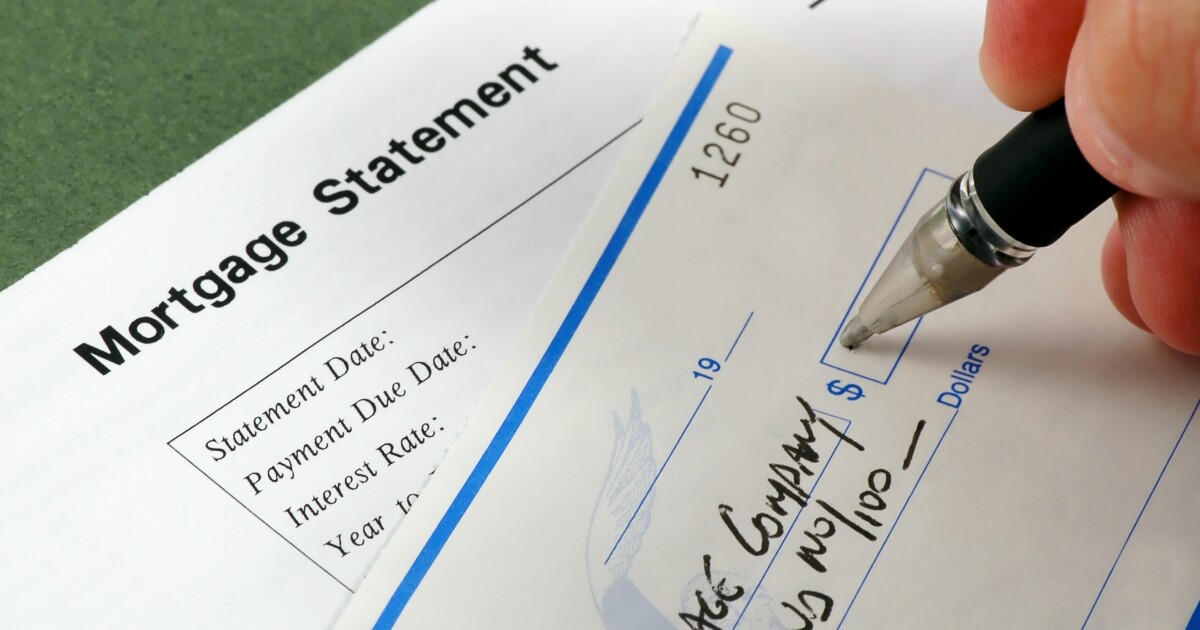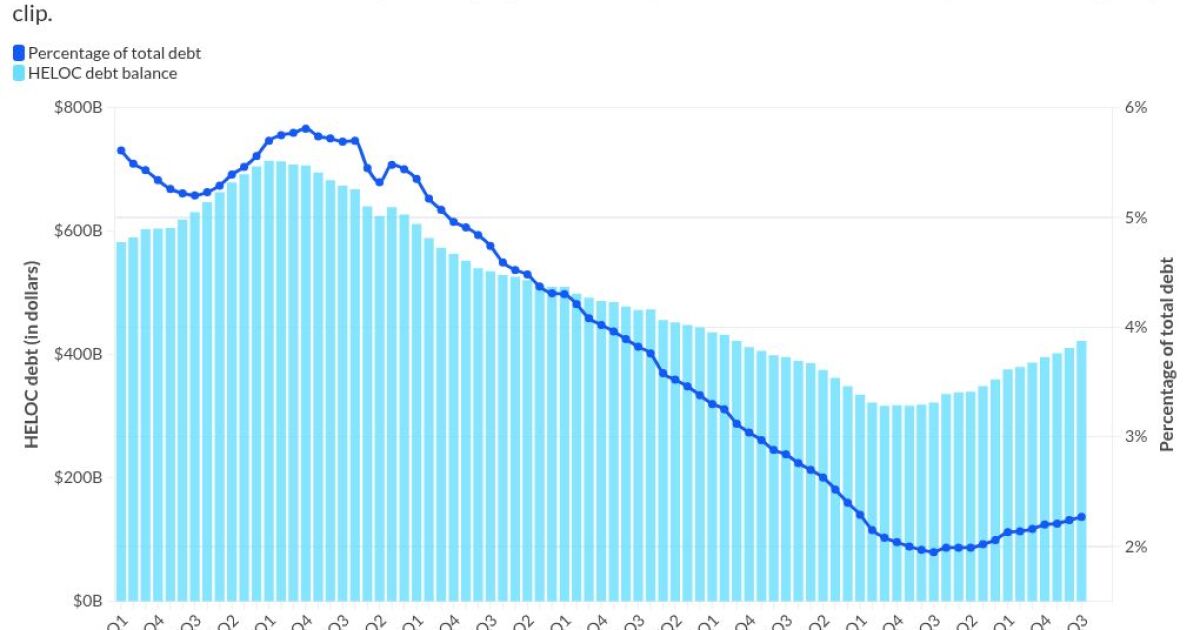
New forbearance plans and extensions inched up in the past month as exits kept slowing, but on-time payments after workouts were improved, according to the Mortgage Bankers Association’s latest report.
Overall, the share of loans with temporary, pandemic-related payments fell to 1.18% in February from 1.3% the previous month as the number of borrowers in that category dropped to 590,000 from 650,000. Exits were down 0.23%, new requests were up 0.16% and extensions rose 0.14%.
The share that completed trial loan modifications and other post-forbearance options with an ability to repay inched up to 82.78%, compared to 82.26% the previous month.
“The percentage of borrowers with existing loan workouts who were current on their mortgage payments improved for the first time since June 2021,” said Marina Walsh, MBA’s vice president of industry analysis, in a press release.
Walsh called this “especially favorable given that there is typically a dip in mortgage performance in February because of the shortened number of days to make a payment.”
Strength in economic indicators and the broadening of available mortgage relief due to the pandemic likely contributed to the heightened ability to repay, she said.
“We can credit several factors to the improved performance, including the availability of viable loss mitigation options, low unemployment that is now below 4%, strong wage growth, and rising home equity,” said Walsh.
Also during February, the share of private loans in forbearance dropped to 2.72% from 3.02%. In the Ginnie Mae-insured securitization market, the equivalent number fell to 1.5% from 1.6%. The percentage of loans purchased by government-sponsored enterprises Fannie Mae and Freddie declined to 0.56% from 0.64%.
The distribution of cumulative forbearance outcomes since June 2020 was as follows at the end of February: 29.17% tacked missed amounts on to their end of their loans through a deferral or partial claim, 19.08% stayed on track while payments were technically suspended, 17.06% exited without a loss mitigation plan in place, 15.16% applied for a more affordable modification of financing terms, 11.47% repaid past-due amounts and reinstated, and 6.77% paid off debt through either a refinance or home sale. The remaining 0.75% chose other options like entering a repayment plan, engaging in a short sale in which the home is sold for less than the amount due, or handing over a deed in-lieu of going through the foreclosure process.



